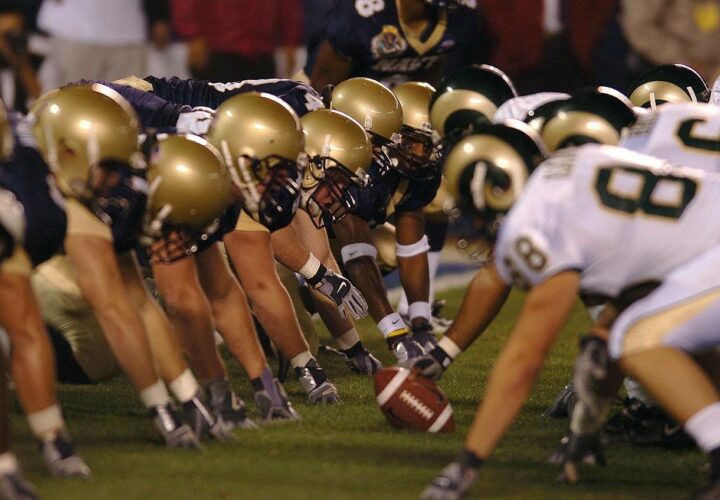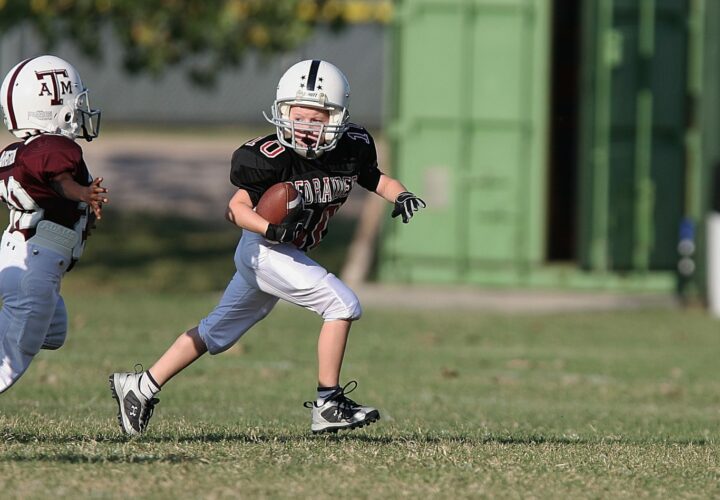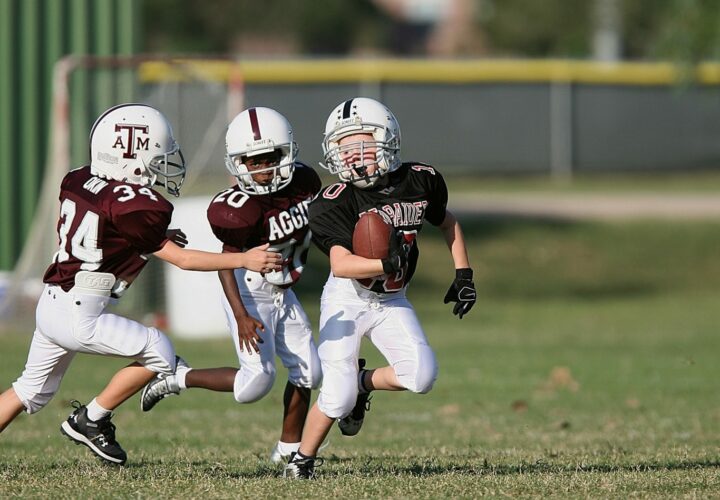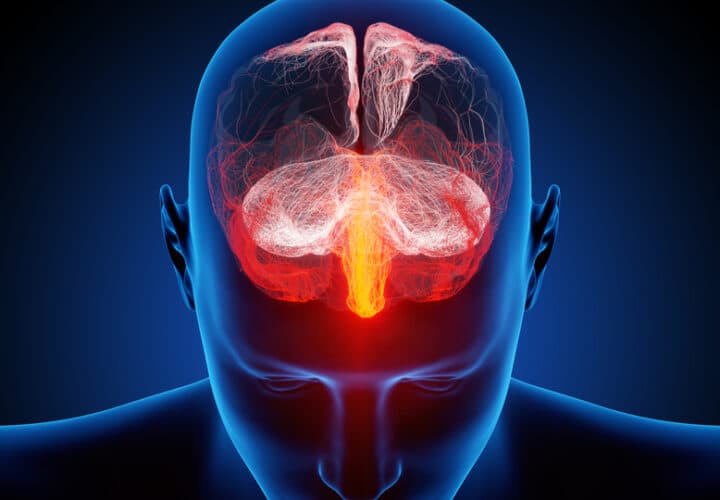New research paves the way for a future in which concussions — which are often missed — could be detected on the spot with an instant saliva test.
Concussions are a serious problem. With symptoms ranging from a day-or-two-long headache up to prohibitive dizziness and cognitive issues that could last for weeks, they affect roughly 42 million people worldwide annually. But despite their prevalence — and their potential seriousness — they have proven difficult to diagnose, in part, because clinicians rely on patients’ reporting of their own symptoms, which can be unreliable. That means concussions are often under-diagnosed and under-reported.
A new study brings good news, especially for athletes and parents: Things could be getting easier — maybe even as easy as just swabbing a patient’s mouth. A study published recently in the journal Clinical and Translational Medicine found that genetic material in saliva can help determine whether someone is suffering from a concussion.
Dr. Steven Hicks, an associate professor of pediatrics at the Pennsylvania State University and an author on the study, said the findings could lead to new diagnostic tools for concussions (also known as a mild traumatic brain injury or mTBI that are quick, non-invasive, and user-friendly — meaning concussions will be easier to diagnose accurately, which in turn means more appropriate treatment for patients.
“One of the challenges for medical providers is that often we are not at the site where the mTBI occurred, so we have no visual of what happened to the patient,” Hicks told Being Patient. “If they lost consciousness, they may not be able to accurately report what happened to them. Oftentimes, there’s an unclear picture [of] how the injury occurred.”
He added, “Secondary to that, we are relying on them to tell us about their symptoms, and to do that accurately. There’s a whole bunch of reasons why the reporting can be inaccurate: either because you’re relying on a young child to tell you about their symptoms, or in some cases patients have underlying motives not to accurately report symptoms.”
Hicks and colleagues set out to find a solution for these challenges, recruiting 538 participants from sites including emergency departments, sports medicine clinics, urgent care and outpatient primary care clinics. Most of the study participants had symptoms that resembled concussion symptoms — for example, chronic headaches, anxiety — but just under half of the study participants had actually had a clinically diagnosed concussion, while the rest had not.
The team followed the two groups for 60 days, periodically collecting saliva and data. Then, using statistical modeling and machine learning, they examined a specific genetic material in the participants’ saliva called micro-ribonucleic acid.
What they found was that testing saliva and analyzing participants’ micro-ribonucleic acid profiles was just as accurate a diagnostic test as current methods that involve balance or cognitive tests, in determining which participants had had a concussion.
Hicks added that combining saliva testing with surveying patients’ concussion symptoms was slightly more accurate in diagnosing a concussion compared to traditional practices of using the survey along with cognitive or balance testing. He noted that the saliva test would be another tool under clinicians’ belt that can help provide a more accurate diagnosis.
According to Hicks, a saliva test would still need to be used in combination with some of the current clinical tests in order to aid clinicians in accurate concussion diagnosis.
Saliva isn’t the only diagnostic method in development that could help solve these challenges. Researchers are also developing other technologies that have shown promise for diagnosing traumatic brain injury, such as neuroimaging and electrophysiology technologies, which measure the electrical patterns in the brain, but as the authors of the study point out, these methods are expensive and nonportable, and results require a specialist’s interpretation. And according to Hicks, many physicians would not have time for them: “I work at an outpatient pediatric clinic, so our ability to do either of those tests in our busy clinic, where I’ve only got 15 minutes to assess a patient, is pretty much non-existent.”
Another more efficient method researchers are currently exploring is an mTBI blood test, though Hicks noted that his patients would prefer to offer saliva samples rather than blood, avoiding needles in their arms. In addition, most athletic trainers do not have the training to draw blood from people, he said, but nearly all of them are capable of collecting saliva.
Hicks’s research team is now working with the company Quadrant Biosciences, for which Hicks is a paid consultant, to validate the approach of measuring salivary microRNA biomarkers in a study of 2,500 adolescents and young adults. In a separate study, the team is developing a handheld device to analyze the results of a saliva swab, so athletic trainers and emergency responders could one day be able to screen for a concussion on the spot.
Contact Nicholas Chan at nicholas@beingpatient.com



